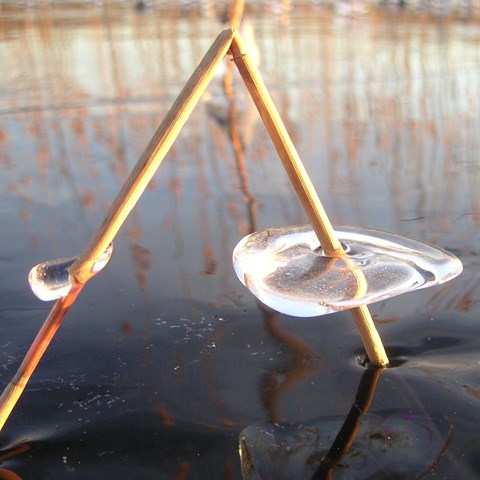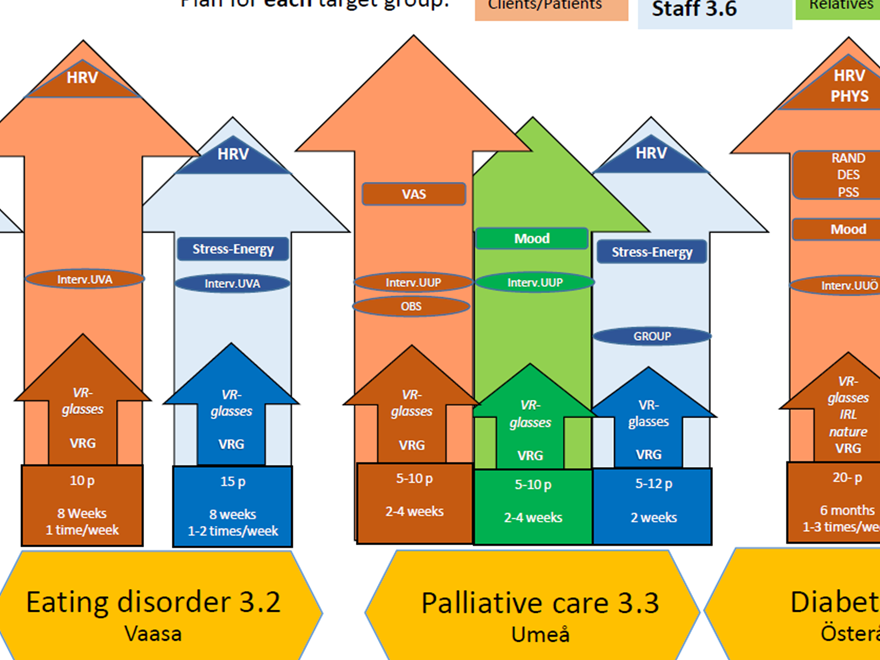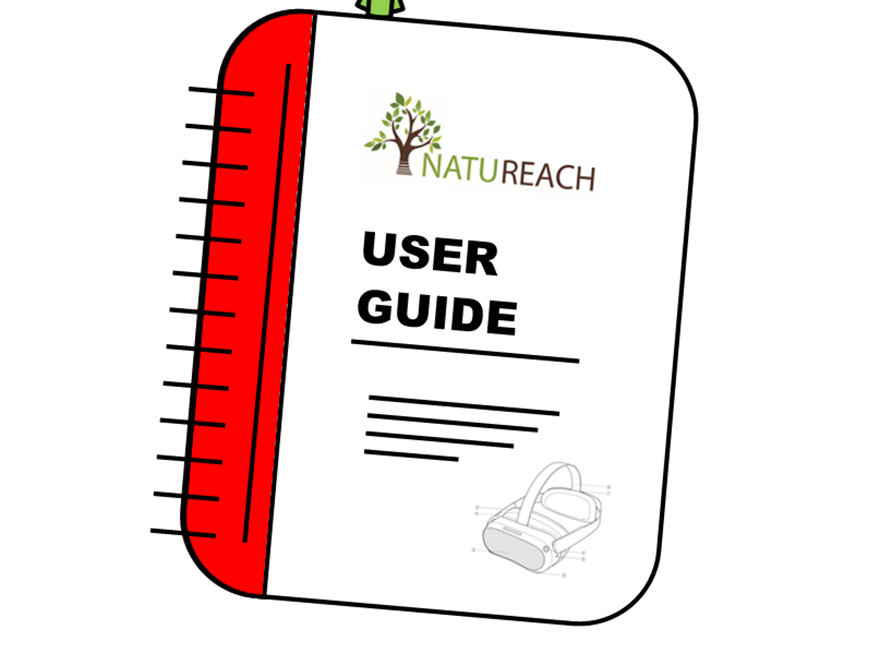Measurement methods within NATUREACH

The main goal of the project is to evaluate whether and how different VR nature environments can affect people's well-being and health. Since nature affects people's emotions, mood, physiological reactions, thoughts and behaviors, there are many opportunities to measure such health effects, but also significant challenges. Therefore, the project has chosen several different types of measurement methods, which have previously demonstrated the effects of nature stays. The choice of measurement methods is adapted partly individually for each client group and partly to be able to evaluate the general effects of clients/patients in the entire project.
BACKGROUND
Various types of measurement methods have been used in the research area of nature and human health to demonstrate how nature stays can yield positive health effects and influence people's well-being. Different types of measurement methods are also popular in various parts of the world.
PROJEKTETS MÄTNINGAR OCH METODER
Within the NATUREACH project, various types of both quantitative and qualitative psychological and physiological measurement methods have been chosen to cover the various health and well-being effects that nature stays can provide.
PHYSIOLOGICAL MEASUREMENT METHODS
- HRV - Heart rate variability measured using FIRSTBEAT
- Oura ring
- Other physiological measurements - Blood pressure, blood sugar, and various body measurements
PSYCOLOGICAL MEASUREMENT METHODS
Quantitative psychological measurement methods
- Mood survey (Mood)
- Stress-Energy survey (Stress - Energy)
- Visual Analoge scale (VAS)
- RAND - 36: Health and lifstyle in everyday life (RAND)
- DES-SF-10; Diabetes empowerment scale
- PSS 14: Percieved stress scale; Feelings and thoughts previous month
Qualitative psychological measurement methods
- Interviews - Different questions for the various client groups, some common questions include evaluating the environmental qualities in the different interventions.
- OBS - Observations
- GROUP - Group discussions and evaluation
- Photovoice -
INTERVENTION TYPE (NATURE ENVIRONMENT ETC.) & "ENVIRONMENTAL RESPONSE"
- Chosen VR-environment
- Eye movement
- Head movement

